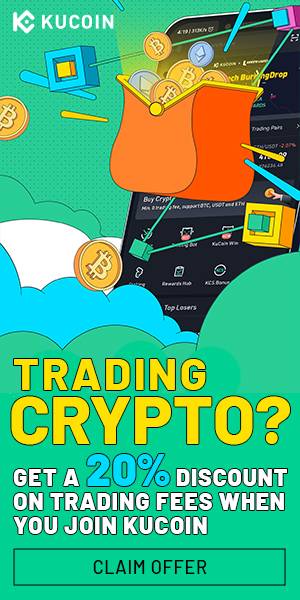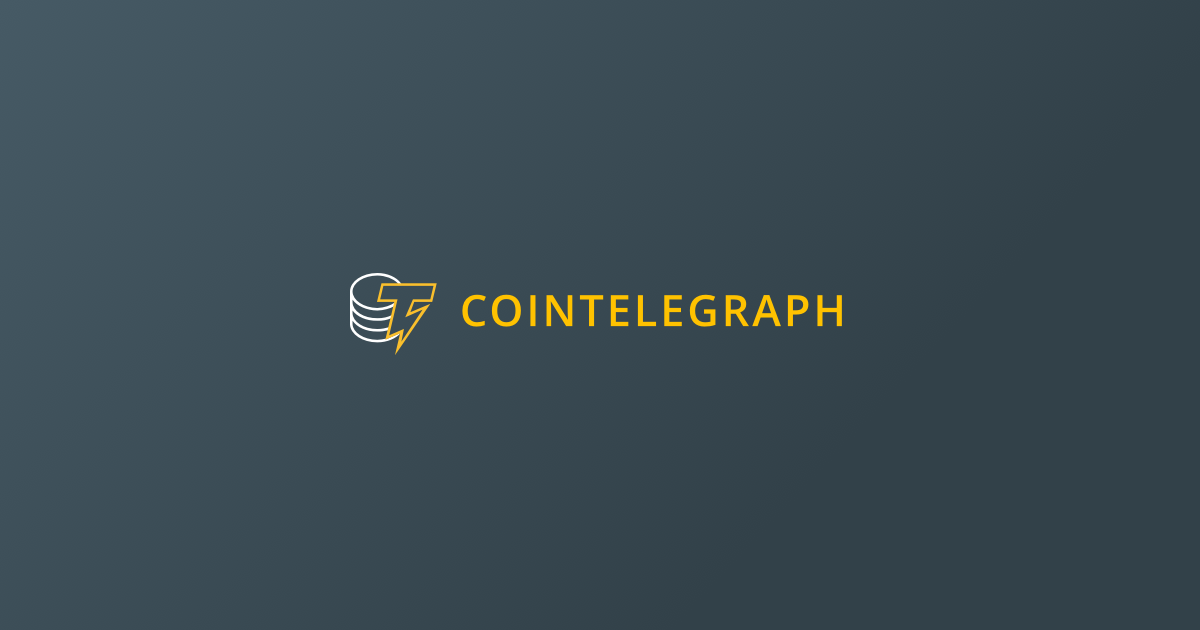So, it’s time to discuss the elephant in the room: how do you bootstrap the issuance and circulation of these tokens across the network? Each node that you wish to route through would require a token issued by them. The solution: pay for them. Another proposed solution to the channel jamming issue is up-front fees, i.e., charging a fee to even try to route a payment regardless of whether or not it even succeeds. So, even failed payments would incur a fee for the sender.
Riard’s proposal is to purchase these tokens directly from each node as one-off purchases. From that point forward, instead of paying upfront fees for every payment, as long as the prior payment successfully settled, you would be reissued “routing tokens” that would enable your next proposed payment to be routed without a fee. This way, successful payments only pay the actual routing fee, and failed payments only pay the up-front fee, preventing a sort of “double fee” for successful payments. At least economically, think of it as a sort of middleground compromise between the current state of affairs where failed payments cost nothing and only successful payments pay a fee, and a full up-front fee model where all payments pay an up-front fee and successful ones pay a routing fee as well.
Takeaways From The Proposal Personally, I think this sort of direct payment for tokens ahead of time could introduce a large degree of UX friction into the process of using the Lightning Network. However, I think there is a pretty simple solution for that friction by tweaking the proposal a bit.
Instead of having to specifically pay each node directly for Chaumian tokens ahead of time, the proposal could be hybridized more directly with the up-front fee proposal. If you have tokens for a node, then include those in the onion blob, if not simply pay an up-front fee directly within the HTLC proposal and if the payment settles successfully, you will be issued Chaumian tokens back in proportion to what your up-front fee was. This way, instead of having to collect tokens from many different nodes ahead of time, you simply acquire them over the course of making initial payments until you have a good collection from the different nodes that you use frequently and very rarely have to incur the cost of up-front fees to attain them.
Another potential source of friction is for node operators, and comes down to fundamental issues of Chaumian ecash itself. In order to ensure that a token is only spent once, the issuer needs to maintain a database of all the tokens that have been spent. This grows forever, making lookups to check token validity more and more expensive and time consuming the bigger that database grows. Because of this, Riard proposes having these Chaumian tokens expire periodically, at a block height advertised in the gossip protocol per node. This means that senders need to periodically repurchase these tokens, or if the implementation were to support it, redeem them for new tokens signed by the new signing key after the prior one expires.
This would either place a regular economic cost on the senders of payments, or require them to periodically check in to ensure reissuance when old tokens expire. In practice, this can be automated for people running their own Lightning nodes, and for any wallets built around an Lightning service provider (LSP) model, the LSP itself could actually handle the acquisition and maintenance of tokens on behalf of its users, handling the token provisioning for its users’ payments. On the fringes, however, without a full Lightning node or LSP, this could become a bit of an annoyance for light wallet users.
I think this proposal could actually go a long way to mitigating channel jamming as an attack vector, especially if hybridized a little more tightly with the basic up-front fee scheme, and most of the UX frictions can be handled very easily for LSP users and people who operate their own Lightning nodes. And even if the up front fees do present a high degree of friction, it’s possible that simply proving control of a Bitcoin UTXO could be used in place of actually paying fees to acquire tokens.
This is a guest post by Shinobi. Opinions expressed are entirely their own and do not necessarily reflect those of BTC Inc or Bitcoin Magazine.










 Bitcoin
Bitcoin  Ethereum
Ethereum  Tether
Tether  XRP
XRP  Solana
Solana  USDC
USDC  TRON
TRON  Dogecoin
Dogecoin  Lido Staked Ether
Lido Staked Ether  Cardano
Cardano  Wrapped Bitcoin
Wrapped Bitcoin  Hyperliquid
Hyperliquid  Wrapped stETH
Wrapped stETH  Sui
Sui  Bitcoin Cash
Bitcoin Cash  Chainlink
Chainlink  LEO Token
LEO Token  Stellar
Stellar  Avalanche
Avalanche  Toncoin
Toncoin  USDS
USDS  WhiteBIT Coin
WhiteBIT Coin  Shiba Inu
Shiba Inu  Wrapped eETH
Wrapped eETH  WETH
WETH  Litecoin
Litecoin  Hedera
Hedera  Binance Bridged USDT (BNB Smart Chain)
Binance Bridged USDT (BNB Smart Chain)  Monero
Monero  Ethena USDe
Ethena USDe  Polkadot
Polkadot  Bitget Token
Bitget Token  Coinbase Wrapped BTC
Coinbase Wrapped BTC  Uniswap
Uniswap  Pepe
Pepe  Pi Network
Pi Network  Aave
Aave  Dai
Dai  Ethena Staked USDe
Ethena Staked USDe  Bittensor
Bittensor  OKB
OKB  BlackRock USD Institutional Digital Liquidity Fund
BlackRock USD Institutional Digital Liquidity Fund  Aptos
Aptos  Internet Computer
Internet Computer  Cronos
Cronos  NEAR Protocol
NEAR Protocol  Jito Staked SOL
Jito Staked SOL  sUSDS
sUSDS  Ethereum Classic
Ethereum Classic